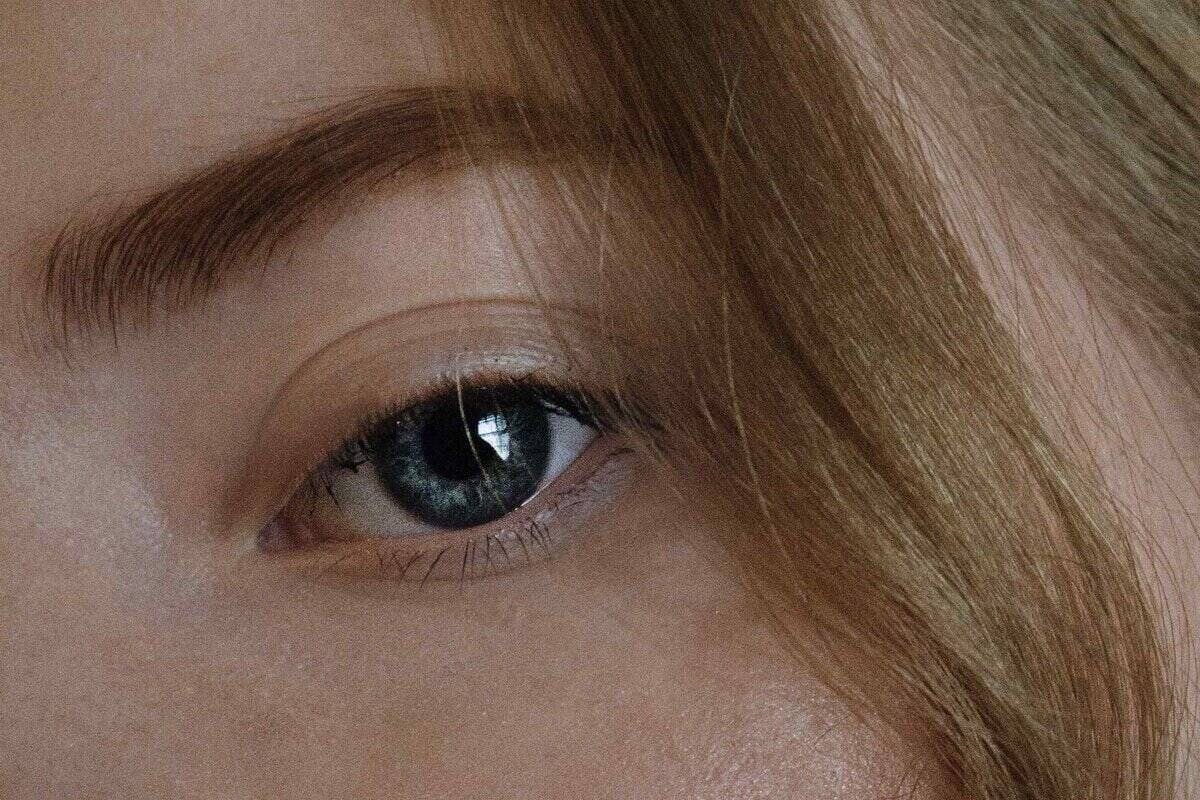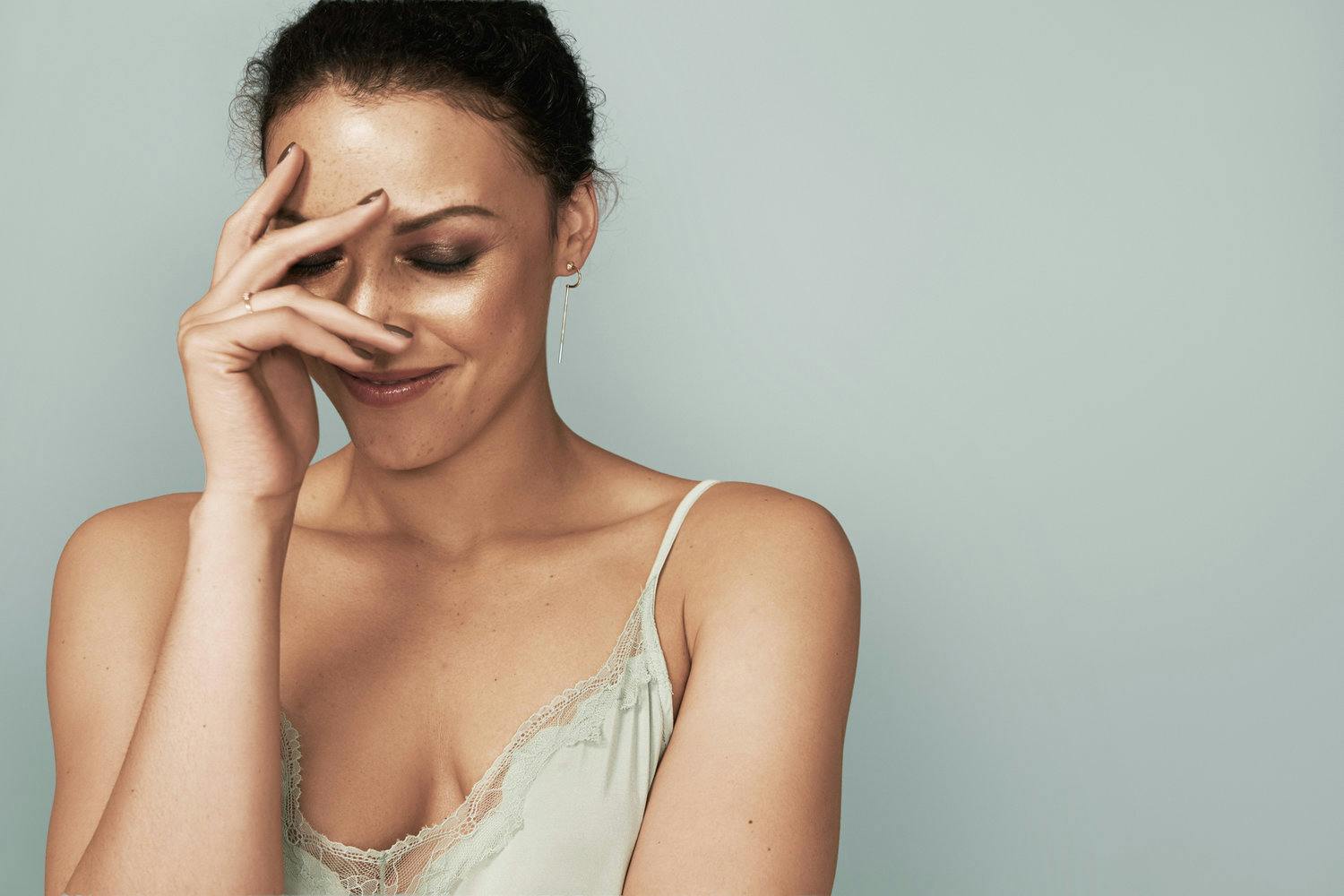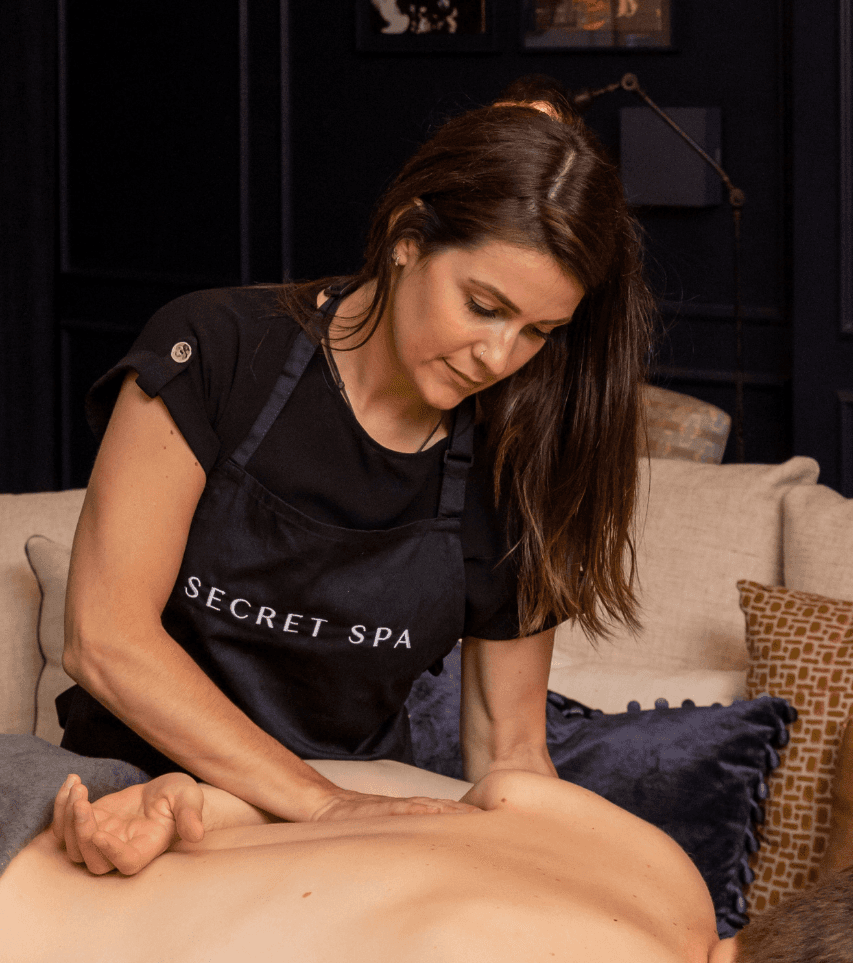Microfeathering brows: what you need to know
Feb 28, 2022

If you’re thinking about sprucing up your eyebrows, you may have heard of microfeathering. It’s one of the most popular techniques at the moment, but what’s it all about?
This post will guide you through all you need to know about microfeathering brows, covering everything from what the treatment involves to what it can do for you. We also provide essential information on important issues such as aftercare, side effects and the cost.
What is microfeathering?
Microfeathering is a technique used by trained, experienced beauty therapists to create natural-looking eyebrows. The entire brow area is usually treated to ensure a convincing result: full eyebrows that look like they’re made up of a series of individual hairs.
Microfeathering vs microblading
Microfeathering does fall under the umbrella term of microblading. The term microfeathering refers to the specific microblading technique that is used to mimic natural hairs. Blades and needles are typically used to dye the skin, with the aim of resembling natural hair growth.
Where microfeathering and microblading differ is in the technique. Microblading is normally used all over the brows to create an illusion of fullness, whereas microfeathering tends to be applied to specific areas to even out the overall appearance.
If your brows have sparse areas that could do with a little filling out, microfeathering is probably the best treatment for you. Microblading is better suited to those who want to add more fullness to the entire brow area.
Benefits of microfeathering
Once it’s been done, microfeathering is a low maintenance option as it reduces the need for make-up. In fact many of those who have had microfeathering done no longer feel the need to apply any eyebrow make-up.
Microfeathered brows look fuller, thicker and more fluffed-up than those which have not been treated. As the eyebrows frame the face very effectively, having microfeathered brows can mean looking sleek from dawn until dusk – with no eyebrow pencil or other make-up application necessary.
Microfeathering results in a more natural appearance than microblading, so if you want to look groomed yet not overly polished, microfeathering could be the solution to your eyebrow woes.
How to prepare for microfeathering
If you do decide to go ahead with microfeathering, it’s best to be adequately prepared. Your beautician will wish to assess the eyebrow’s natural shape, which means avoiding waxing and plucking for several weeks before treatment.
We recommend consulting your beauty therapist when booking the appointment, as they can advise you whether the treatment is suitable and what, if anything, you need to do in order to prepare.
As with all beauty treatments, it’s always beneficial to attend your appointment with a clean, make-up free face.
What happens during a microfeathering appointment
When you have microfeathering, a pigment will be used in a colour to match your natural eyebrows as closely as possible. This is stroked onto the skin, making tiny incisions during the process. A numbing agent is applied to skin beforehand to minimise discomfort.
Typically a microfeathering appointment will take an hour or two, and it may take several sessions to get the right result. Again this is dependent on your brows and something to discuss in more depth with your therapist at the time of booking.
Microfeathering aftercare
As microfeathering involves making tiny incisions in the skin, it will be some weeks before full healing has taken place. Normally you can expect this recovery period to last between six and eight weeks.
Your therapist may give you a treatment formula to apply to your brows at set intervals following treatment. Within the first few days they may also advise you to avoid spraying water directly on the face – so no standing underneath that power shower as the skin heals!
If you can, avoid direct sunlight and excessive sweating. If the former isn't possible, then do make sure you wear a suitable sunscreen to protect the skin as it heals. Too much exposure to sunlight could also have an adverse effect on the colour of your brows.
Other no-nos following a microfeathering session include chlorinated pools, saltwater, tanning treatments, saunas, hot tubs and steam rooms. You should also avoid products containing chemical peels or AHAs (alpha-hydroxy acids), as they can affect the resulting colour of your brows.
Formulas containing retinol, or Retin-A, should also be avoided for 30 days after your appointment.
How long does microfeathering last?
The visible effects of microfeathering will normally last for around 10 months, though this may vary according to your lifestyle, as well as the type of skin you have.
For this reason, it’s a semi-permanent treatment rather than a one-off solution. The colour should also fade gradually until little remaining pigmentation can be seen.
Side effects of microfeathering
The potential side effects of microfeathering can depend on skin type. If you have thin, sensitive or oily skin, it’s a technique that may be best avoided.
Sensitive or thin skin may take far longer to heal, resulting in a patchy or blurry result. Oily skin can mean that each hair stroke appears more diffused than it should, resulting in a slightly fuzzy look.
Other microfeathering side effects may include redness, bruising or swelling, and you may also experience the itching mentioned earlier. In a nutshell, the procedure does involve tattooing the skin, so some discomfort is to be expected.
Cost of microfeathering
Expect to pay at least several hundred pounds for a microfeathering treatment. In some cases, the follow-ups required every year or more may be offered at a reduced rate, although this is not always the case.
Booking in with a top microfeathering expert may of course cost more. Kristie Streicher, who pioneered the technique, can command fees of $2,500 (about £1866) for a treatment course.
If you’re still to decide whether microfeathering is for you, why not take a look at Secret Spa’s range of alternative eyebrow treatments, including tinting, threading and waxing?
[button link="https://book.secretspa.co.uk/categories/lashes-&-brows"]Book brow treatment[/button]



